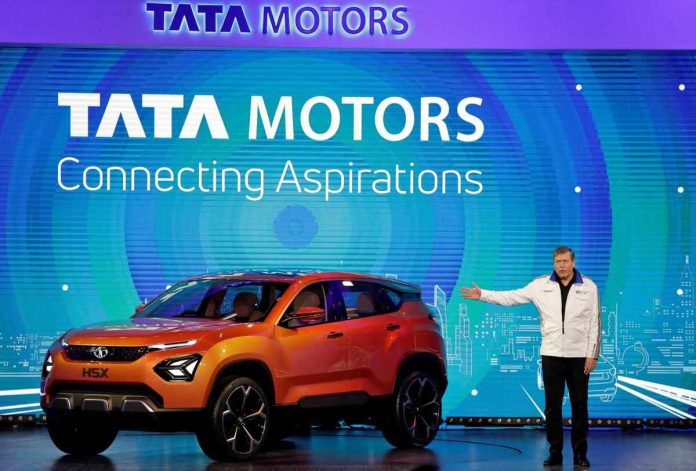Business: In the third quarter of FY24, Tata Motors witnessed a significant surge in total revenue, marking a remarkable 25% increase to reach Rs 1,10,577 crore, compared to Rs 88,488 crore in the corresponding period of the previous fiscal year. The stock of Tata Motors has been on a remarkable upward trajectory, delivering an impressive return of over 110% in the past 12 months and an astounding 470% return over the last 5 years. Notably, Tata Motors achieved a doubling of its share price in 2023, making it the sole stock in the Nifty 50 index to achieve such a feat.
The stellar financial performance continued as the company reported an exceptional net profit for the quarter ending December 2023, experiencing a remarkable 137% rise to Rs 7,025 crore (attributable to shareholders) compared to Rs 2,958 crore in the corresponding period of the previous year.
Motilal Oswal Securities highlighted the significant contribution of five Nifty constituents, including Tata Steel Ltd and Tata Motors Ltd, both Tata Group companies, which collectively accounted for 56% of the incremental growth in Q3 earnings. The brokerage firm attributed this growth to the robust performance of domestic cyclicals such as autos and financials, combined with global cyclicals like metals and oil & gas companies.
Is Tata Motors still buy-worthy?
As Tata Motors continues its remarkable journey from approximately Rs 280 in February 2014 to its current trading level around Rs 930, investors may be pondering whether it remains a worthwhile buy.
Osho Krishan, Senior Analyst in Technical & Derivative Research at Angel One, acknowledges Tata Motors’ spectacular performance in the current financial year, with the stock experiencing a noteworthy rally, surpassing 2X gains and entering uncharted territory. From a technical perspective, the stock has shown no signs of retracement since its breakout from the 500 zone, indicating a strong and sustained upward trend. Investors may find this information valuable when considering the potential of Tata Motors as an investment option.
According to Osho Krishan, Tata Motors’ recent rally has been swift and vertical, suggesting the possibility of a cool-off or profit booking after such a surge. He notes that the 900 zone serves as a cushion for any potential decline, with crucial support around the 845 zone. On the upside, Krishan sees the stock poised to re-test 950, with the potential to reach the four-digit mark in the comparable period. He advises a pragmatic approach with bullish biases for now.
Nomura India estimates a notable transformation for Tata Motors, moving from a net debt of Rs 29,200 crore (Rs 79 per share) in the third quarter to a net cash position of Rs 10 per share in FY25 and Rs 74 per share in FY26. The re-rating of JLR (Jaguar Land Rover) will depend on the success of its new electric vehicle (EV) models, according to Nomura.
Motilal Oswal anticipates the next phase of growth to be driven by JLR, with Tata Motors set to experience a healthy recovery as supply-side issues ease for JLR and commodity headwinds stabilize for the India business. While there might be some moderation in growth for the India CV (commercial vehicles) and PV (passenger vehicles) businesses in FY25E, Motilal Oswal focuses on margin expansion-led earnings growth, suggesting a target of Rs 1,000.
JM Financial sets a target price of Rs 1,000 for Tata Motors, citing strong free cash flow generation supporting investments towards electrification at JLR. The company aims to reduce net debt to £1 billion by FY24 end and turn net cash by FY25. JM Financial notes that Tata Motors’ EV portfolio leads the domestic EV space, and improving margins for both domestic CV and PV segments bode well for overall profitability.
Prabhudas Lilladher maintains a target price of Rs 1,010 on Tata Motors, citing benefits from volume ramp-up, a strong order book, and a rich mix of higher average selling price (ASP) models. Lower CV discounts also contributed to improved margins in the third quarter.

